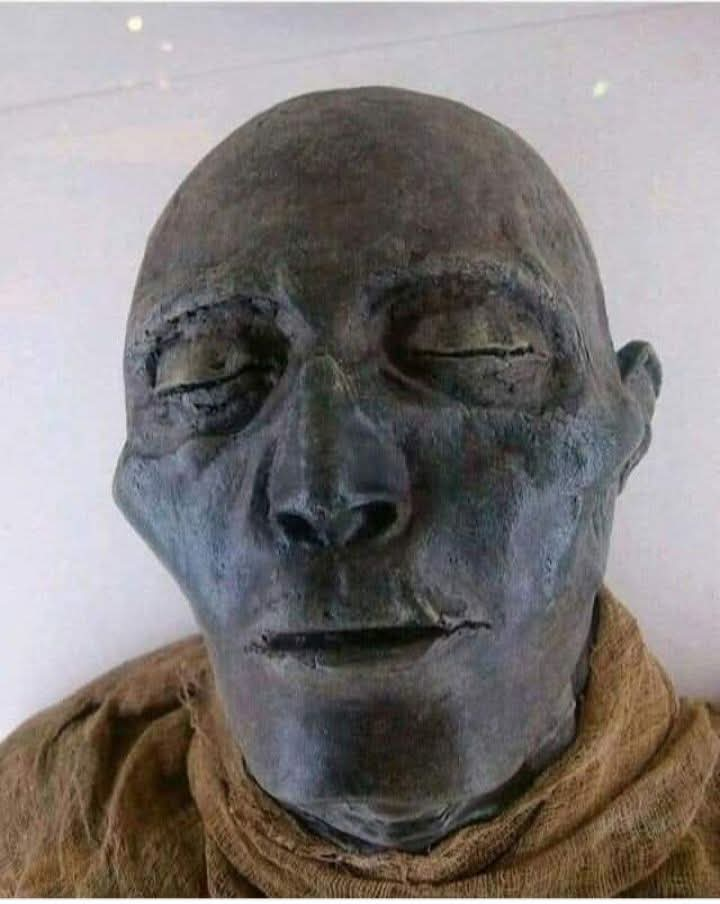The Mummy of King Seti I: A Remarkable Relic of Ancient Egypt
Ancient Egypt has fascinated historians and archaeologists for centuries, with its grand pyramids, powerful pharaohs, and well-preserved mummies. Among the most remarkable mummies ever discovered is that of King Seti I, a ruler of the 19th Dynasty of Egypt (1294–1279 BCE) and the father of the great Pharaoh Ramesses II. His tomb, KV17, is one of the most beautifully decorated in the Valley of the Kings, and his mummy remains one of the best-preserved examples of royal embalming from ancient Egypt.
Discovery of Seti I’s Mummy
King Seti I’s tomb was first discovered by Giovanni Battista Belzoni in 1817. However, his mummy was not found inside. It was later discovered in the Royal Cache of Deir el-Bahari in 1881, along with several other pharaohs’ mummies, including Thutmose III and Ramesses II. Egyptian priests had reburied these royal mummies in secret to protect them from tomb robbers during the 21st Dynasty.
The Preservation and Appearance of Seti I’s Mummy
Seti I’s mummy is considered one of the finest examples of Egyptian embalming techniques. His body is remarkably well-preserved, with fine facial features that still appear lifelike. His long face, high cheekbones, and aquiline nose suggest a regal and distinguished appearance. The high level of craftsmanship in the embalming process suggests that the priests took great care in preparing his body for the afterlife.
Examinations and Studies
The mummy of Seti I has undergone several studies and examinations over the years. X-rays and CT scans have revealed that he was a tall and well-built man who likely died in his late 40s or early 50s. While the exact cause of his death remains unknown, some researchers suggest he may have suffered from an illness or injury. His mummy shows no signs of a violent death, unlike some other pharaohs.
Legacy of Seti I
Seti I is remembered as one of the greatest rulers of ancient Egypt. He strengthened Egypt’s military power, restored monuments, and expanded the Karnak Temple complex. His tomb, with its stunning reliefs and intricate carvings, is a testament to his grandeur and devotion to the gods.
Today, Seti I’s mummy is housed in the National Museum of Egyptian Civilization in Cairo, where it remains a significant artifact of ancient Egyptian history. His preserved body provides a fascinating glimpse into the life, death, and burial practices of the pharaohs.
Conclusion
The mummy of King Seti I stands as an enduring symbol of ancient Egyptian mastery in mummification and the eternal legacy of the pharaohs. His well-preserved remains, along with his magnificent tomb, continue to captivate scholars and history enthusiasts worldwide. As science advances, further studies may reveal more about the life and death of this great Egyptian
The Mummy of King Seti I: A Remarkable Relic of Ancient Egypt



